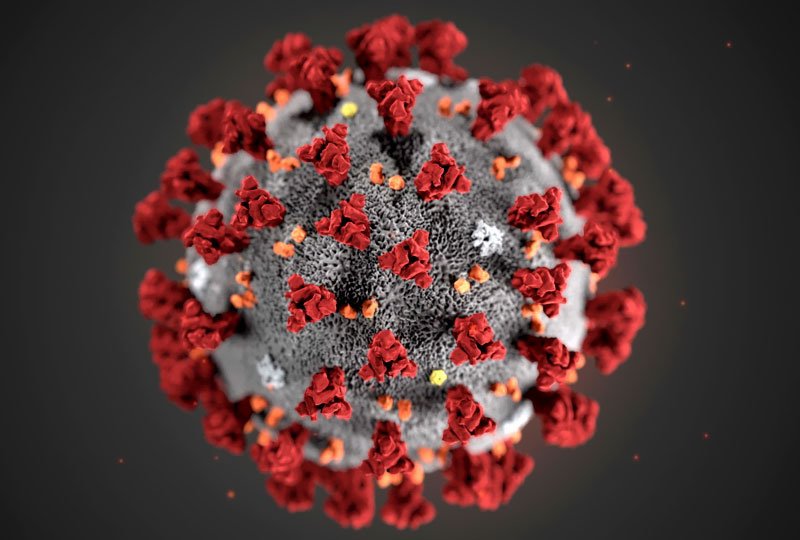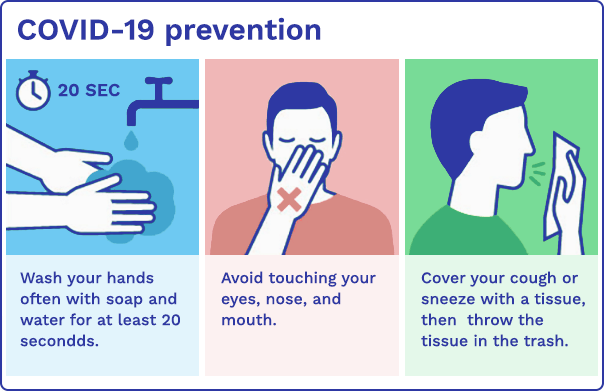The virus that causes the coronavirus disease 2019 (COVID-19) is not the same as the coronaviruses that commonly circulate among humans and cause mild illness, like the common cold. In this post, I will cover some of the basics of COVID-19.

Why is it called COVID-19?
On February 11, 2020, the World Health Organization (WHO) and the International Committee on Taxonomy of Viruses (ICTV) released the official names for the virus responsible for COVID-19 (previously known as “2019 novel coronavirus”) and the disease it causes. The official names are:[1]Naming the coronavirus disease (COVID-19) and the virus that causes it | World Health Organization
- Disease: coronavirus disease 2019 (COVID-19)
- Virus: severe acute respiratory syndrome coronavirus 2 (SARS-CoV-2)
What is the source of SARS-CoV-2?
Rarely, animal coronaviruses emerge that infect people, and can spread between people. This is suspected to have occurred in the case of SARS-CoV-2, which appears to be primarily transmitted by contact with an infected person’s bodily secretions, such as saliva or mucus droplets in a cough or sneeze.
Middle East Respiratory Syndrome (MERS) and Severe Acute Respiratory Syndrome (SARS) are two other examples of coronaviruses that originated from animals and then spread to people.
Can your pet get COVID-19?
Currently, no research suggests that your animal can get COVID-19.[2]Should I be concerned about pets or other animals and COVID-19? | CDC[3]COVID-19: FAQs for pet owners | American Veterinary Medical Association
But pet fur can still carry the virus,[4]Animals and COVID-19 | CDC and until we know more, if you have been diagnosed with COVID-19 and have a pet:
- Limit your animal’s contact with other people and animals, as well as yourself.[5]Should I avoid contact with pets or other animals if I am sick with COVID-19? | CDC
- Avoid contact with your pet, including petting, snuggling, being kissed or licked, and sharing food.[6]Should I avoid contact with pets or other animals if I am sick with COVID-19? | CDC
- Avoid coughing and sneezing on your animals.
- Wash your hands before touching or feeding them.

Two strains
Research shows that there are two strains of SARS-CoV-2, with one being more deadly than the other. The two strains are:[7]On the origin and continuing evolution of SARS-CoV-2 (Tang et al., 2020)
- L type, which has a prevalence of approximately 70%.
- S type, which has a prevalence of approximately 30%.
S type was found to be the ancestral version, but L type appears to be more aggressive, and spreads more quickly.[8]On the origin and continuing evolution of SARS-CoV-2 (Tang et al., 2020)
Comments
Let us know what you think!